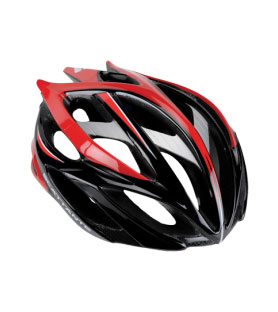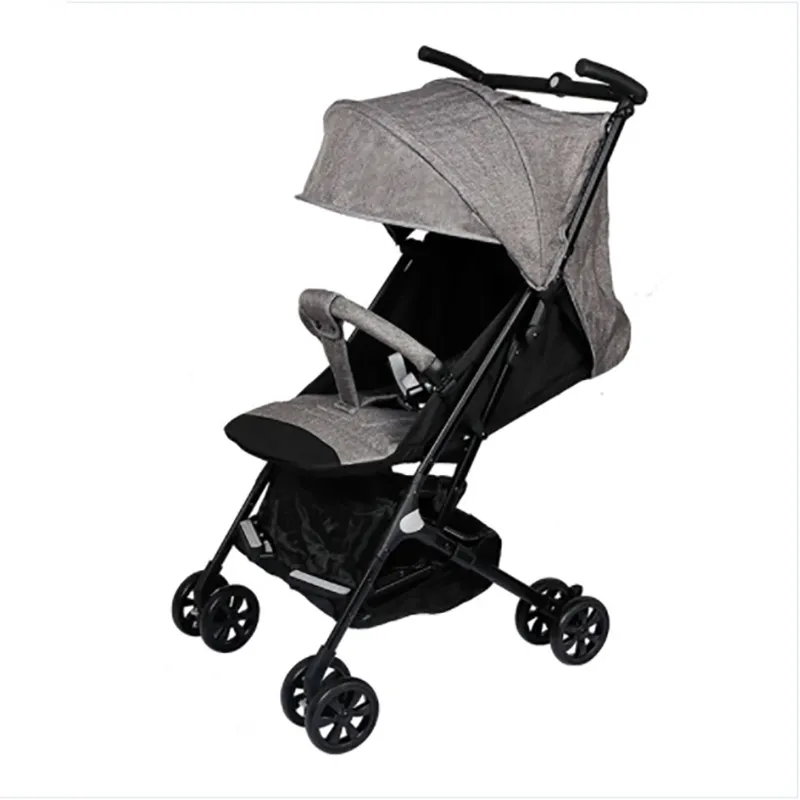Mar . 05, 2025 02:01 Back to list
how to install derailleur on mountain bike


5. Cable Attachment and Adjustment Reattach the cable to the new derailleur, ensuring it's clean and free of frays. Thread the cable through the barrel adjuster and anchor bolt on the derailleur. Tighten the anchor bolt with an Allen wrench to secure the cable. Use the barrel adjuster to finesse cable tension, allowing for precise shifting. 6. Fine-Tuning the Derailleur Adjust the limit screws (H and L screws). These screws prevent the derailleur from moving the chain off the largest or smallest cogs. Start with the high limit screw by shifting to the smallest cog, ensuring the chain doesn’t overshoot. Adjust the low limit screw with the chain in the largest cog, ensuring adequate tension. B-tension adjustment is next. This screw fine-tunes the gap between the guide pulley and the cogs, essential for smooth shifting across gears. Adjust it so the derailleur clears the cogs without excessive noise or resistance. 7. Lubrication and Testing Grease the pivot points of the derailleur and lightly oil the chain. This reduces friction and extends the lifespan of the components. Test the shifting by cycling through the gears with the bike stationary on the stand, making any additional adjustments for optimal performance. 8. Final Safety Checks Ensure all bolts are secure, and the derailleur moves freely without binding. Double-check that the limit screws prevent chain derailments and the B-tension allows smooth transition across gears. Through understanding and following these steps diligently, you can ensure a reliable and efficient derailleur installation. This process not only enhances your biking experience but also builds your confidence in maintaining your bike. With expertise gained through careful observation and practice, you'll effectively navigate any terrain, backed by the assurance of a properly functioning derailleur.
-
In-Depth Guide to Ebike Frames: Design, Use & Future Trends
NewsNov.25,2025
-
Discover Top E Bike Brand Insights, Specs & Future Trends | Yanline Bike
NewsNov.24,2025
-
Green E Bike – The Future of Sustainable Urban Mobility
NewsNov.24,2025
-
Ruffian eBike: Durable, Efficient Electric Bikes for Modern Mobility
NewsNov.23,2025
-
Comprehensive Guide to the Global E Bike Market and Future Trends
NewsNov.23,2025
-
Understanding Electric Bicycle Range: A Complete Guide for Smarter E-Bike Use
NewsNov.22,2025
-
Ceron Electric Bike – Efficient, Sustainable Urban Mobility Solutions
NewsNov.22,2025




